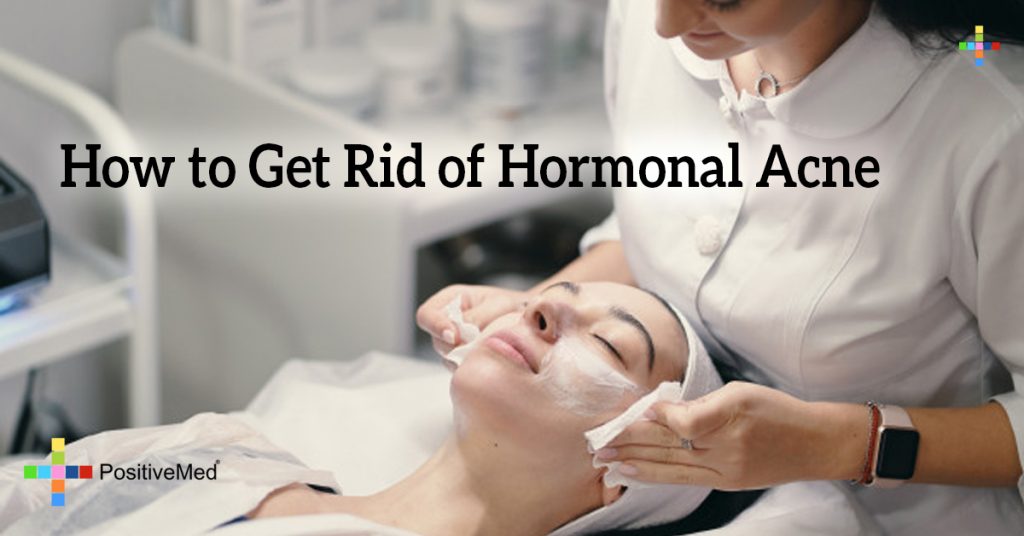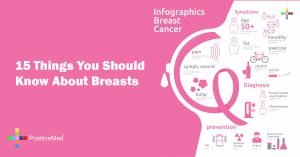
How to Get Rid of Androgen Induced Acne
By Dr. Agnes. P. Olszewski and Dr. James Gilligan
As we try to understand the etiology (causes) of acne, hormonal imbalance is cited as one of the most prevailing culprits contributing to this skin problem.
Both, women and men produce all three $e* hormones: estrogen, testosterone and progesterone. Of course, depending upon if you are a woman or a man, your glands produce more estrogen or testosterone. If a woman produces too much testosterone (androgens), this physiologic “over-dose” may result in symptoms such as acne, too much facial or body hair (hirsutism), patterned female baldness and sometimes changes in menstruation cycle or infertility.

How to tell if you have androgenal acne
When women’s acne accompanies the above symptoms, it is usually quite easy to determine that this acne is a result of too much androgens, which is “androgenal acne” or “androgen induced acne”. When other symptoms indicating too many androgens are not so clear, but there is a suspicion that indeed a hormonal imbalance is wreaking havoc on your body, a simple blood test may be able to determine levels of androgens as well as estrogen in your blood.
The increased levels of androgens cause the sebaceous glands to make excess sebum (skin oil) which can clog pores leading to the accumulation of dead skin cells and the growth of bacteria (P. acnes). This condition appears on the face as white heads and black heads (comedones). In certain situations, a local inflammatory response can lead to pustules and papules. If the inflammatory cascade reaches beyond the hair follicle where it originated, cysts are formed. These are painful and can lead to more severe damage of the skin including acne scars. Understanding that androgens play a pivotal role in the development of acne has led physicians to prescribe Spirinolactone (Aldactone) for acne treatment in women with suspected androgen induced acne.
Why Spirinolactone?
Spirinolactone (brand name, Aldactone) was originally developed in the 1960’s as a diuretic for the treatment of hypertension (high blood pressure) and edema in patients with congestive heart failure. A unique characteristic of spirinolactone was that unlike other diuretics approved at the time, patients did not lose potassium, and it was therefore labeled a “potassium sparing” diuretic. Aldactone’s mechanism of action involved the effect on the adrenal gland and a hormone that this gland produces called aldosterone. Aldosterone when released by the adrenal gland inhibits (decreases) the formation of urine and “preserves” water in the body. Aldactone being an aldosterone antagonist (opposite) increased urine formation helping those with high blood pressure or edema.
So what does this have to do with acne?
An observation was made in women with polycystic ovary syndrome (PCOS) that treatment with spirinolactone resulted in a decrease in hirsutism (facial hair), which was known to be associated with androgens. Further investigation revealed that spirinolactone has dual effects on androgens. Spirinolactone acts as an androgen receptor blocker (it blocks the influence of androgens on target organs), and it also decreases the production of androgens in the adrenal glands. As a result, Aldactone (spirinolactone) can reduce symptoms resulting from over production of androgens including androgen induced acne in women.
Spirinolactone Precautions
It is important to note that the use of spirinolactone is restricted to women since longer-term use in men results in feminization due to decreases in circulating testosterone levels. It is also important to remember that in women who are pregnant or anticipate becoming pregnant special care and attention needs to be paid since spirinolactone has been associated with teratogenesis (possible changes in a fetus).
From an acne treatment perspective, the goal for the use of spirinolactone is to reduce the impact of adrenal androgens on sebaceous gland secretions. Spirinolactone is therefore not recommended for women with acne associated with fluctuations in female sex hormones (estrogen and progesterone). Fluctuations in female sex hormones is common during puberty, the menstrual cycle, before and after child birth and lastly at the menopause. For certain individuals these fluctuations in hormone levels also seem to be associated with the appearance of acne. In some cases, physicians will prescribe oral contraceptives (OCs) to overcome or temper the fluctuations in estrogen and progesterone levels. Since OCs contain estrogen, and are associated with increased risks of thromboembolism (clots), care needs to be taken when using OCs for the control of acne.

A New Natural Prevention and Treatment Method of Acne:
AcnEase® is an all-natural, proprietary, herbal based medicine specifically developed to treat and prevent acne. The ingredients in AcnEase® do not change hormone levels, but rather diminish their impact on sebaceous gland secretions. In addition, the ingredients present in AcnEase® have mild antibacterial and anti-inflammatory properties, which also help in the treatment of acne. The safety profile for AcnEase® is extraordinary with the only reported mild side effect being a “food type” allergy to one of the ingredients in AcnEase in a very limited number of cases. Clinical testing has reported >90% efficacy in reducing the formation of new pimples. Historical data also strongly support the highly positive impact of AcnEase® on androgen associated acne. In addition to helping women with androgen induced acne, AcnEase® t has also been shown to effectively help women with acne attributed to fluctuating hormone levels, especially those who are often taking oral contraceptives as a part of their acne treatment.
Final Thoughts
In summary, AcnEase® provides:
• Highly effective and safe stand-alone treatment for women with androgen associated acne
• Highly effective and safe stand- alone treatment for women whose acne is attributed to fluctuating hormone levels
• Complimentary treatment to women currently using spirinolactone or oral contraceptives (OCs) to overcome fluctuating hormone levels
As a stand-alone treatment for acne, the appropriate regimen and dose for AcnEase® varies upon the nature, location (face and/or body) and duration of acne.
AcnEase® can also be used together with either spirinolactone or OCs. If however a women that suffers with acne decides to stop taking either OCs or spirinolactone and use only AcnEase, we recommend that you do not abruptly stop either medication but choose to wean yourself off over the period of a week or two to prevent a worsening of acne symptoms.
Don’t know how to properly classify your acne, and choose the right treatment for you? Here’s how.
 Dr. Agnes Olszewski, CEO of Herborium, natural medicine expert
Dr. Agnes Olszewski, CEO of Herborium, natural medicine expert
“My work in China in the pharmaceutical and healthcare sector, and my personal experience while growing up in Europe, inspired me to develop Herborium®, a novel Botanical Therapeutics® company, based on a new, innovative healthcare concept that combines science and nature. Our approach has already been proven up to 98% effective in our acne treatment, AcnEase®.”





